How to Control Grey Leaf Spot in your Lawn
Grey Leaf Spot is a fungal disease that can affect both grassy and broadleaf plants. The disease is often a problem during wet and humid spring weather. Lawns infected with ...

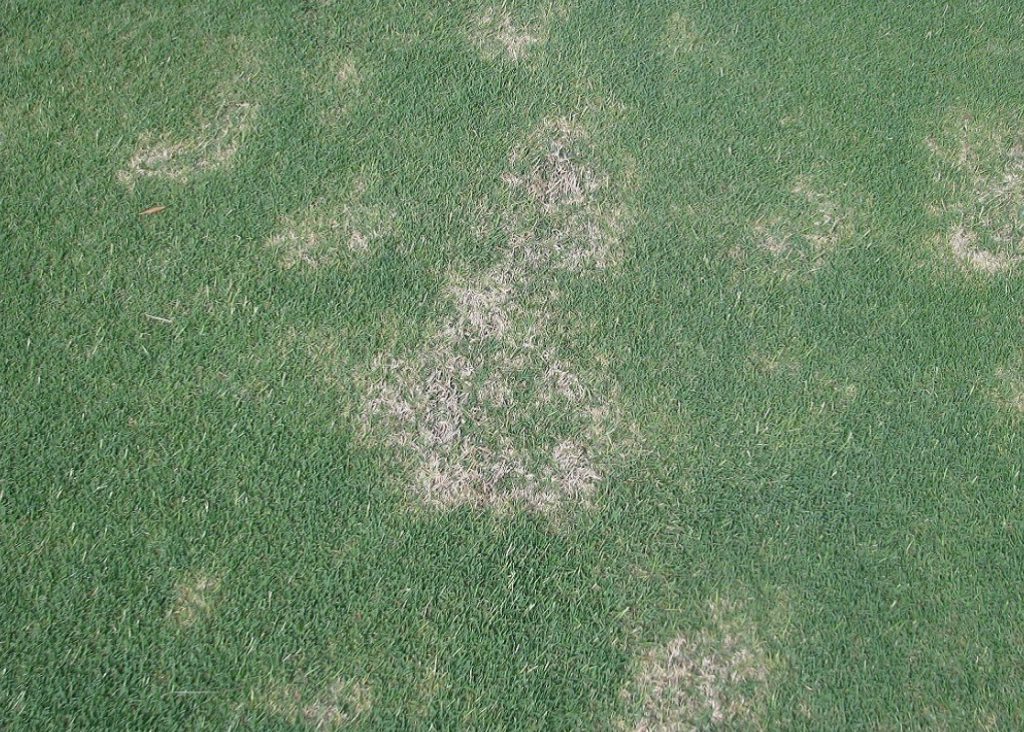 Spring should be a time of year to enjoy the outdoors. But for some homeowners, spring also brings with it a frustrating problem known as Spring Dead Spot.
Spring should be a time of year to enjoy the outdoors. But for some homeowners, spring also brings with it a frustrating problem known as Spring Dead Spot.
Spring Dead Spot is a lawn disease that manifests as large, brown patches of dead grass in early spring. But Spring Dead Spot is also preventable – here are some steps you can take to prevent it from happening in your lawn.
Spring Dead Spot is a lawn disease that almost exclusively affects Couch grass varieties, although in some conditions, it may affect Kikuyu and Buffalo varieties as well. It is caused by a soil-borne fungus called Ophiosphaerella korrae, which infects the roots of the grass plants, causing them to become yellow and stunted.
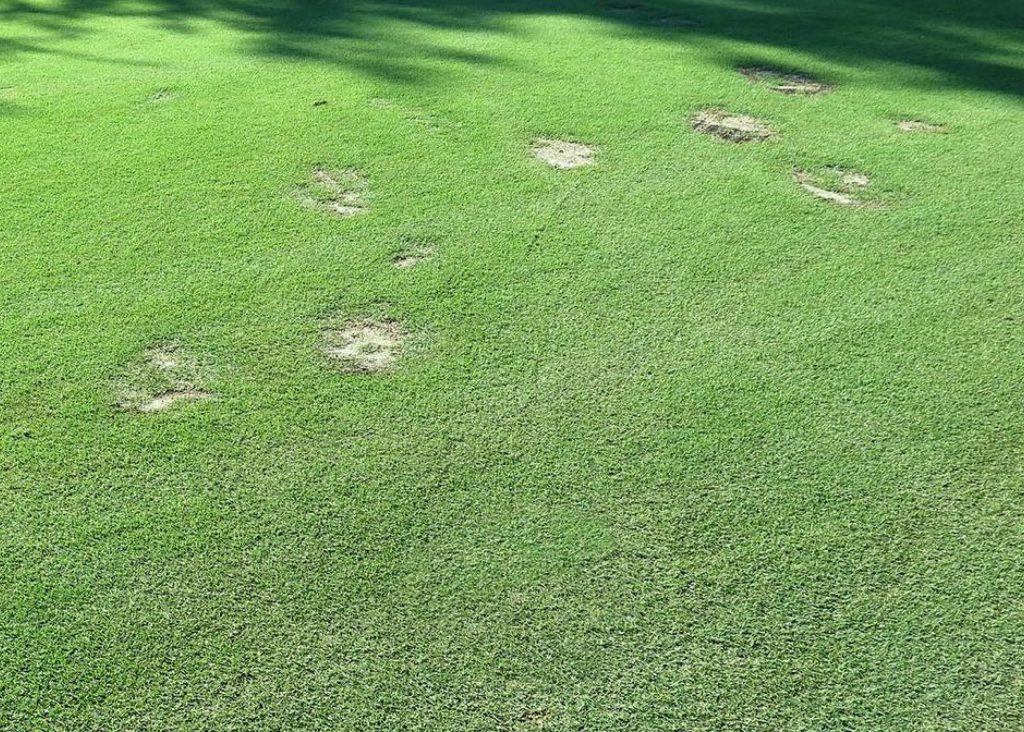 Lawns affected by Spring Dead Spot develop dry, bleached patches in spring, hence the name. However, symptoms can also be seen in autumn and winter after cool climatic conditions or wet weather.
Lawns affected by Spring Dead Spot develop dry, bleached patches in spring, hence the name. However, symptoms can also be seen in autumn and winter after cool climatic conditions or wet weather.
These patches can vary in size, from a few centimetres to 1-metre in diameter. As the disease progresses, these patches may combine to form large areas. Sometimes, a ring-like formation can form, with weeds often found in the centre. The roots of affected plants turn dark brown to black and are severely rotted.
Spring Dead Spot can be difficult to control in areas of high traffic, and once infected, it can take several seasons for the lawn to fully recover.
Spring Dead Spot is most active when temperatures are cool (12°C to 14°C) and the soil is moist. Because the roots of Couch grass slow down in cool temperatures (below 15°C), the fungus has a competitive advantage in late autumn and early spring.
Over three years old, older lawns are more susceptible to Spring Dead Spot, as they may have accumulated a thicker thatch layer, which can impact drainage. Potassium levels can also affect the severity of the disease, with low potassium levels making the lawn more susceptible.
Excessive use of nitrogen fertilisers in late summer may also contribute to the appearance of Spring Dead Spot.
Like a lot of fungal diseases, Spring Dead Spot is more likely to appear when lawn health is compromised. Treating Spring Dead Spot should focus on restoring the quality of your lawn.
Address any compaction or waterlogging by aerating your lawn. You should also remove any thatch, to allow better nutrient uptake and airflow.
Fungicides are rarely adequate for the treatment of Spring Dead Spot once it is established, however, the preventative application of a broad spectrum fungicide can be effective in stopping recurring infections in disease-prone areas.
If your lawn has a history of Spring Dead Spot, applying a preventative fungicide during late summer and autumn may help manage reinfection. Check the myhomeTURF online store for a range of suitable fungicides.
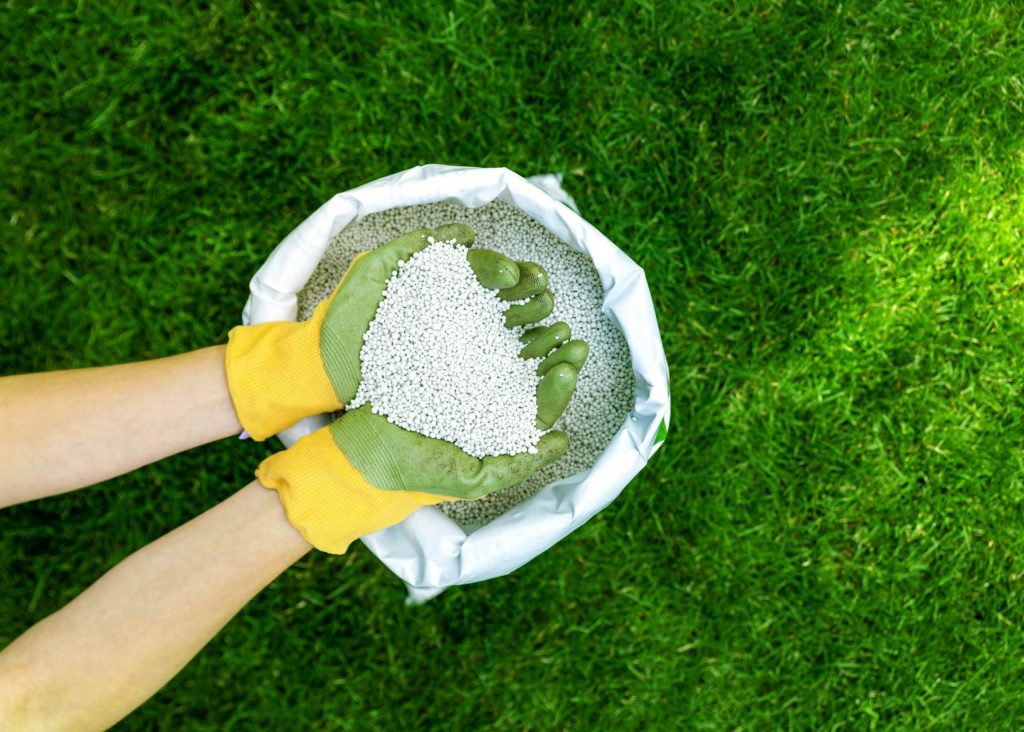 Manage your lawn’s nutrition with a fertiliser program to maintain nitrogen and potassium at optimum levels. Fertilising in late summer-early autumn will provide valuable sugar stores in the plant to encourage vigorous growth when temperatures start to rise in spring.
Manage your lawn’s nutrition with a fertiliser program to maintain nitrogen and potassium at optimum levels. Fertilising in late summer-early autumn will provide valuable sugar stores in the plant to encourage vigorous growth when temperatures start to rise in spring.
Spring Dead Spot thrives in moist conditions, so you should address any drainage issues, and make sure that thatch is kept under control with regular aeration and dethatching. Avoid excessive watering late in the day, so that your lawn has a chance to dry out before night falls.
Weeds can outcompete your grass, affecting lawn health, and making it more susceptible to Spring Dead Spot infection. Keep weeds under control through the use of herbicides, or through manual control methods.
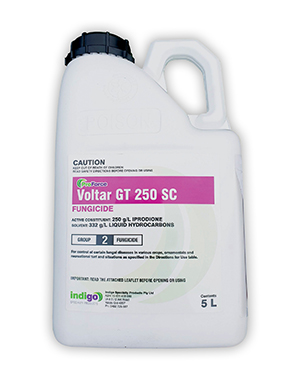
Indigo Voltar Fungicide 5L is a broad-spectrum Fungicide Indigo Voltar Fungicide 5L is registered for the control of Brown Patch, Dollar Spot, Fusarium Patch, Spring Dead Spot, White Helminthosporium and Black Helminthosporium diseases.
It can be used safely on Zoysia, Kikuyu, Couch and Buffalo grasses.
SHOP NOW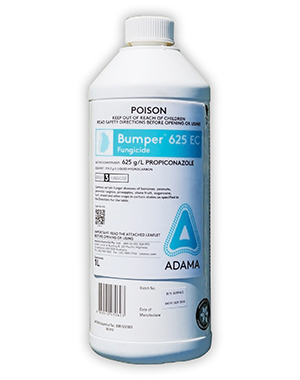
Bumper 1L liquid Fungicide is a quality control product for specific diseases found in Couch grasses. It has the highest concentration of Propiconazole (625g/L) available for economic control of Dollar Spot and Spring Dead Spot.
SHOP NOWSpring Dead Spot is a disease that can affect turf during the transition from winter dormancy to active growth. Its symptoms include small, circular patches of dead grass that become larger over time. Management strategies should focus on practicing proper fertility management and addressing excessive soil moisture levels. With careful management, Spring Dead Spot can be controlled, and your lawn can remain healthy and vigorous.